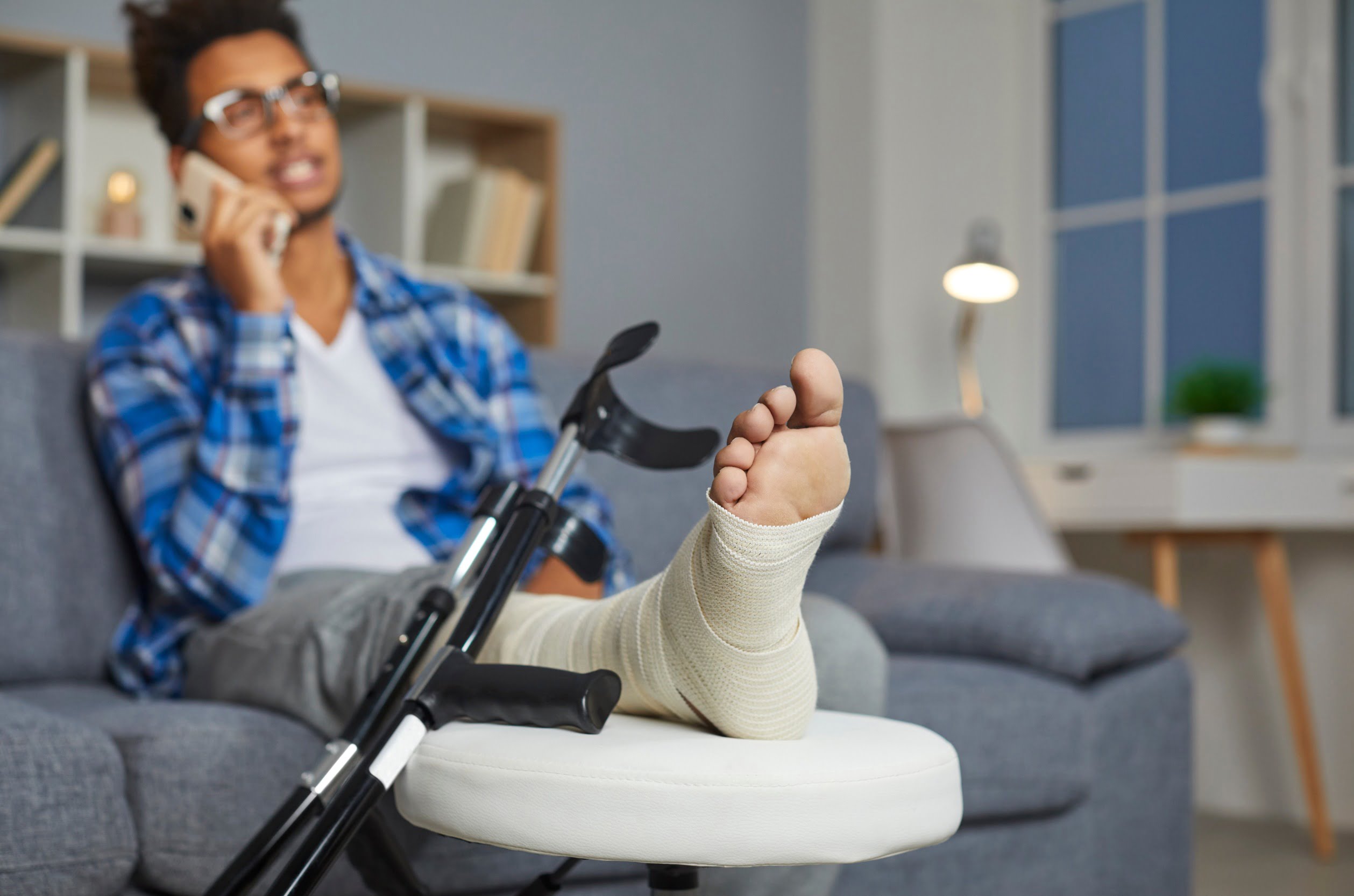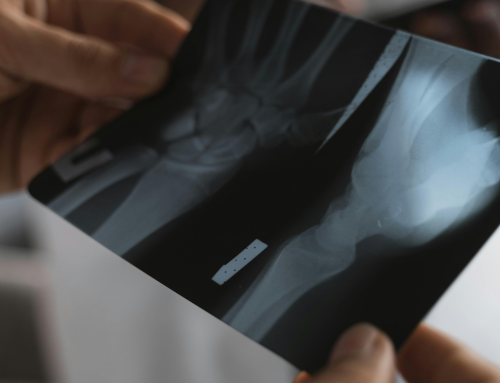Fracture healing is a complex process influenced by various factors, including age, nutrition, lifestyle, and genetics. In Canada, osteoporosis and related fractures are significant health concerns, with over 2.3 million Canadians living with osteoporosis. This condition greatly increases the risk of fractures, which can lead to decreased quality of life and increased mortality. Genetic predisposition plays a crucial role in how effectively and quickly bones heal after a fracture. Understanding this genetic influence can help individuals take proactive steps to enhance their bone health and recovery process.

How Genetics Affect Bone Health
Bone density, a critical factor in fracture risk, is primarily influenced by genetics. Specific genes regulate the development, maintenance, and repair of bone tissue. Variations in these genes can affect bone density and strength, making some individuals more prone to fractures. For instance, studies have identified numerous genetic regions associated with bone mineral density (BMD), which is a critical determinant of bone strength.
Genetic Impact on Fracture Healing
Genetic variations not only influence bone density but also the fracture healing process. Genes involved in collagen production, calcium regulation, and bone remodelling significantly affect how quickly and effectively a bone heals. Individuals with specific genetic profiles may experience slower healing times and may be more susceptible to complications such as delayed union or non-union fractures.
Common Genetic Markers:
COL1A1 and COL1A2 Genes
These genes are crucial for producing type I collagen, a primary component of the bone matrix. Mutations in these genes can lead to conditions like osteogenesis imperfecta, characterized by brittle bones that fracture easily.
VDR Gene
The Vitamin D receptor (VDR) gene affects how the body processes vitamin D, which is essential for calcium absorption and bone health. Variations in this gene can influence bone density and the body's ability to repair fractures.
Genetic Influence on Fracture Healing in Canada
In Canada, osteoporosis and fractures are significant health issues, especially among older adults. Research shows that genetics play a crucial role in determining an individual's bone density and overall bone health, directly impacting how quickly and effectively fractures heal. Genetic factors can influence the development of osteoporosis, a condition affecting over 2.3 million Canadians. This genetic predisposition means some individuals are naturally at a higher risk of slower fracture healing due to gene variations responsible for bone formation and repair.
For instance, the genes we mentioned, such as COL1A1 and COL1A2, which are essential for collagen production in bones, can have mutations that weaken bone structure and slow the healing process. Similarly, variations in the VDR gene affect vitamin D metabolism, which is crucial for calcium absorption and bone health, further complicating fracture recovery.
Understanding these genetic influences is vital because they highlight why certain individuals may experience prolonged recovery times despite following standard medical advice and maintaining a healthy lifestyle. This knowledge underscores the importance of personalized medical approaches and the potential benefits of advanced treatments. Despite your genetics, you can still take control of your bone health.
Enhancing Fracture Healing: What You Can Do
While genetic predisposition can influence fracture healing, several steps individuals can take to support their recovery and improve bone health are available.
Nutrition and Supplements
A balanced diet rich in calcium, vitamin D, and other essential nutrients is vital for bone health. Calcium can be found in dairy products, leafy greens, and fortified foods, while vitamin D can be obtained from sunlight exposure and supplements.
Regular Exercise
Engaging in weight-bearing and resistance exercises can help strengthen bones and improve overall bone health. Activities like walking, jogging, and strength training are beneficial.
Avoid Smoking and Excessive Alcohol
Smoking and excessive alcohol consumption can negatively impact bone health. Smoking reduces blood flow to the bones, while alcohol can interfere with calcium absorption and bone formation.
Medical Interventions
In some cases, medical treatments may be necessary to support fracture healing. These include medications like bisphosphonates or hormone replacement therapy to improve bone density.
Advanced Technology: LIPUS
Low-intensity pulsed Ultrasound (LIPUS) is an innovative technology that has shown promising results in accelerating fracture healing. LIPUS devices, such as the Melmak LIPUS device, use ultrasound waves to stimulate bone repair processes at the cellular level. This non-invasive treatment is administered directly against the skin, sending painless mechanical forces through the tissue to enhance cellular behavior at the fracture site.
The Melmak LIPUS device is a convenient, 20-minute, once-per-day treatment proven to accelerate the healing of fresh, delayed, and non-union fractures. With over 20 years of proven results and no known side effects, the Melmak device is specifically designed for self-treatment, allowing individuals to use it in the comfort of their own homes or offices without supervision from a medical professional.
Understanding the genetic factors influencing fracture healing can help individuals take proactive steps to support their recovery. Canadians can enhance their fracture healing process by maintaining a healthy lifestyle, seeking appropriate medical interventions, and considering advanced treatments like the Melmak LIPUS device to improve overall bone health. Contact us to invest in your health today and move toward a quicker recovery.
Did you know that genetics play a role in your bone health? What surprised you about the genetic impact on fracture healing? Share your thoughts with our readers in the comments below.





